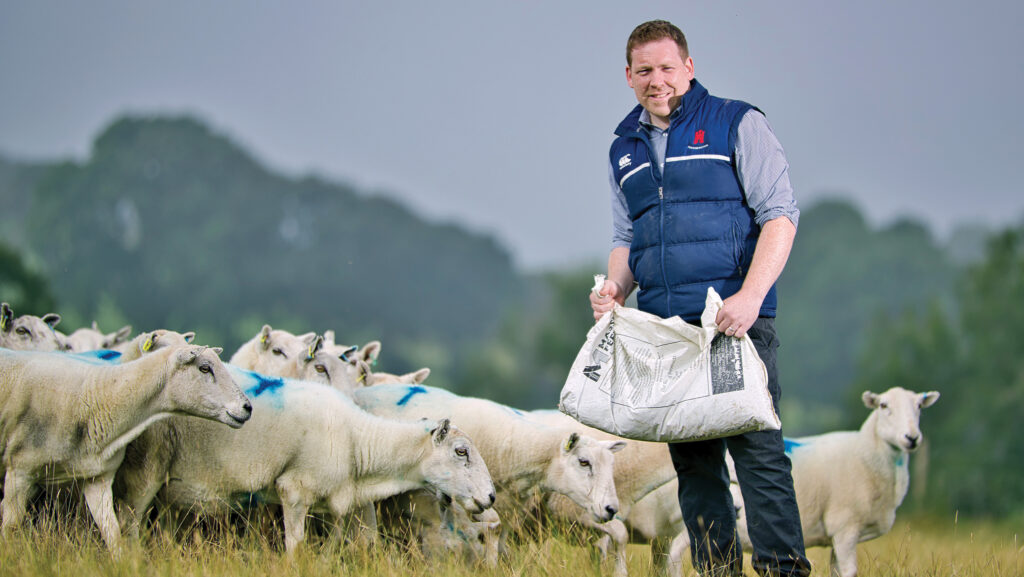Farmer Focus: Terminal tups melt in a commercial hill flock
 Joe Mault © Richard Stanton
Joe Mault © Richard Stanton It’s been a busy few weeks here with the sheep sale season in full swing and our annual bovine TB test for the dairy heifers.
Sheep prices have been mixed with strong, well-shaped sheep attracting good money, but anything that doesn’t quite meet the spec has been struggling.
We’ve never really been the sort to splash out on flashy mule-type sheep.
See also: Advice for buying rams based on EBVs
Instead, we stick with our draft Welsh ewes and cross them with terminal sires.
It’s a system that’s served us well for years, but more recently we’ve found it harder to source tups that aren’t stuffed to the brim with feed before the sales.
The few Texel tups we do find that fit our system also attract premium prices, with many now over £2,000, which is well out of our league.
Some of those well-fleshed tups look the part in the ring, yet seem to evaporate when they reach us at 400m (1,200ft) and are asked to do a season’s work.
Hardier types
We prefer the hardier Texel types that have had little or no supplementary feed – they’re getting harder to find.
This year, we even turned to a few more Welsh tups to pick up the slack.
I think the tup-breeding industry needs to be careful that it doesn’t end up competing with itself, rather than catering for the commercial lamb producer.
Being pushed prior to sale is only the tip of the iceberg. We all know some of these sires have come through a process of flushing, artificial insemination, caesarean section, and sponging.
I’m not against science, far from it, but I do think some of these techniques are being used in ways that don’t benefit the commercial producer.
Genetic traits
Certain genetic traits are being overlooked, and that could have a knock-on effect on flock profitability.
I know of pedigree Texel breeders who use a C-section as standard after a set number of days of gestation.
But if those genetics lead to bigger lambs, your average commercial farmer can’t afford C-sections.
In that sense, I think science is in danger of working against the sheep sector’s goal of reducing costs and producing a natural, sustainable product.
That said, I’m a hypocrite: this year I’ve sponged ewes and pushed tups myself, just to keep up with everyone else in the show and sale ring, of course.

